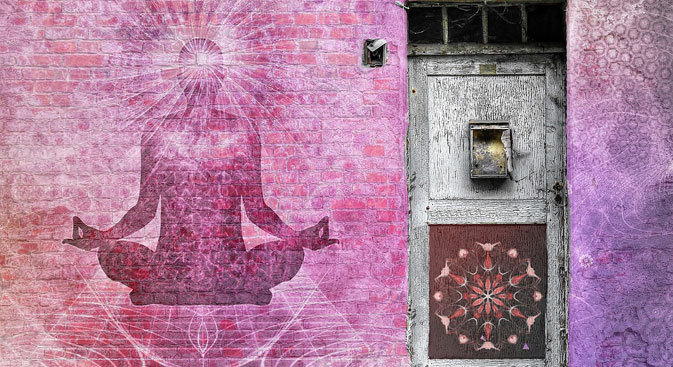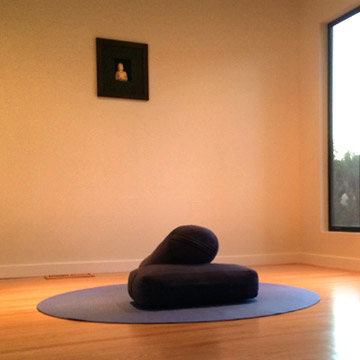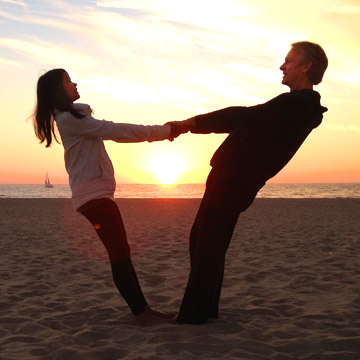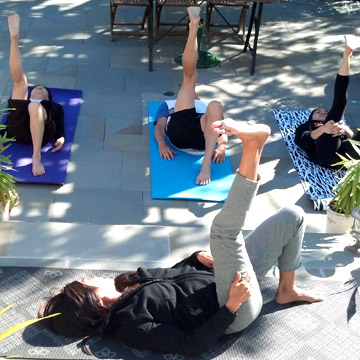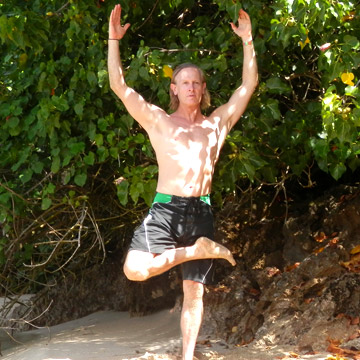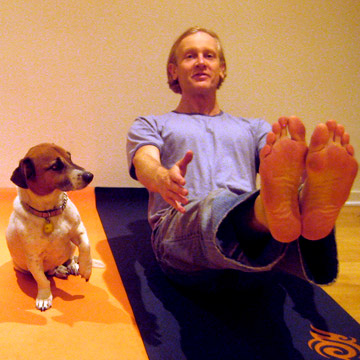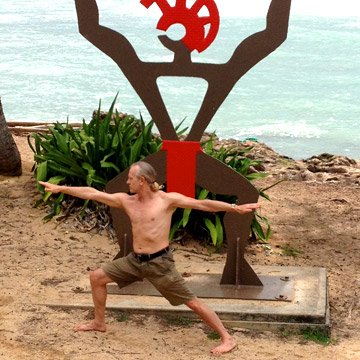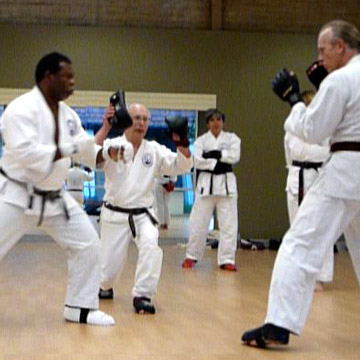What's Yoga Nidra?
This is one of our first Blog postings. It influences all proceeding articles. It serves as the foundation for our yoga practices, it's also the cornerstone of our viewpoints — it's the essence of our teachings that we return again and again.
You may have heard this in many yoga classes — the Sanskrit word "Yoga" translates to union or yoke. In Yoga Nidra we have a slight twist on that, defining Yoga as embodying our sense of non-separation, where everything that we see, feel and experience we realize is actually an aspect of ourselves. "Nidra" is a word that means "sleep" in Sanskrit, but when it's coupled with the word "Yoga" as in "Yoga Nidra," it actually means to know yourself as being non-separate, whatever state you're in. "Sleep" here is taken to mean a state of consciousness that's changing, like waking, dreaming, in which all those states are unfolding, giving us the sense of non-separation. Yoga Nidra helps us access that sense.
It's also a set of steps or stages that we engage - body sensing, breathing, working with intention, welcoming things like emotions and thoughts and sensations and joy. And as we welcome those and as we become in a way familiar with them, they stop binding our attention. Our attention becomes more free for the inquiry during Yoga Nidra with an underlying sense of non-separation.
So then Yoga Nidra taken as a whole would mean that we're able to navigate and be with all the different changing states at the same time.
Think of Yoga Nidra as a set of practices, which we could do anytime. It's a path of meditation itself - a path of discovering who we are, what all the different changing states are in ourselves, our emotions, thoughts, feelings, and becoming very comfortable with them.
When we have a thought or an emotion, it's actually registering in our body as a sensation. During the practice of Yoga Nidra we're learning to relate to our emotions and our thoughts as also body sensations, and as messengers that are providing information to us so that when we have a right relationship to them, they basically help us navigate our world.
The emphasis is not on trying to change our emotions or change our thoughts, but actually on learning how to welcome them as messengers. Welcoming them and learning how to be with an emotion, recognizing them for the information they're providing us with, and then responding appropriately to what that emotion or thought might be bringing to our table. When we respond to it, it tends to then dissolve, because it's served its function or its usefulness.
So Yoga Nidra is really a wonderful practice for coming into right relationship, with our emotions, with our thoughts, by treating them as messengers of information.
One of the underlying principles is that our attention really isn't free. It's bound up in our conditioning, in our emotions, in the beliefs that we take to be true, that we've learned since perhaps little children. And because it binds up our attention, then our attention really isn't free for the deeper inquiry that meditation requests: Who am I? What is this world around me?
And what I see when people release, is it releases also tremendous energy, tremendous joy, and a sense of greater freedom in their life. And most people will use yoga nidra just to come to this wonderful sense of ease, of freedom, or just ease and joy in their life.
The process of yoga nidra is a lovely, simple set of steps that we can use to come back home to ourselves.
By John & Mary Jo Johnson, (C-IAYT) and the teachings of Dr. Richard Miller — thank you Richard for everything you do.
